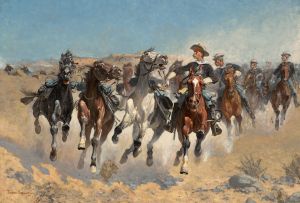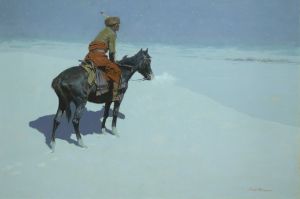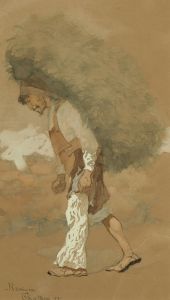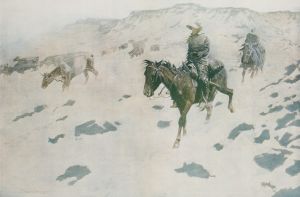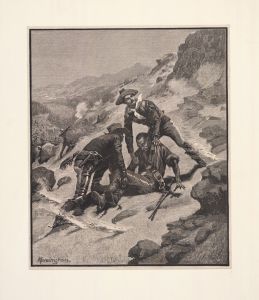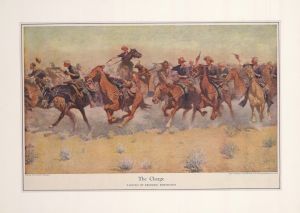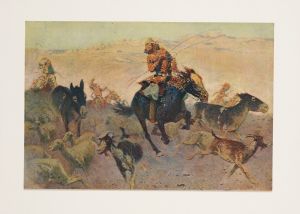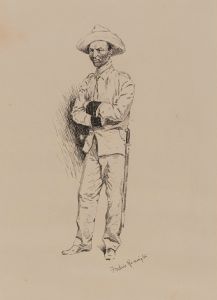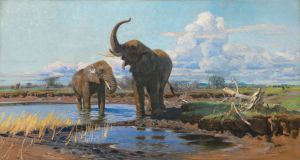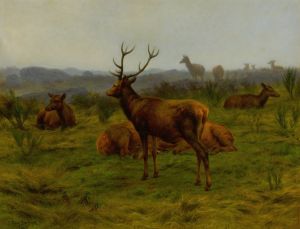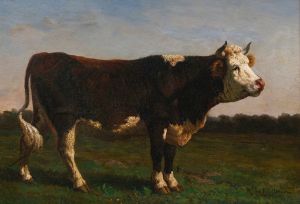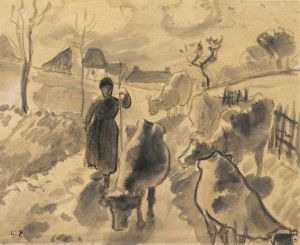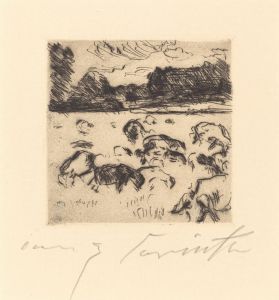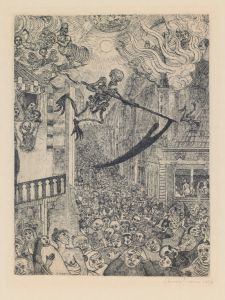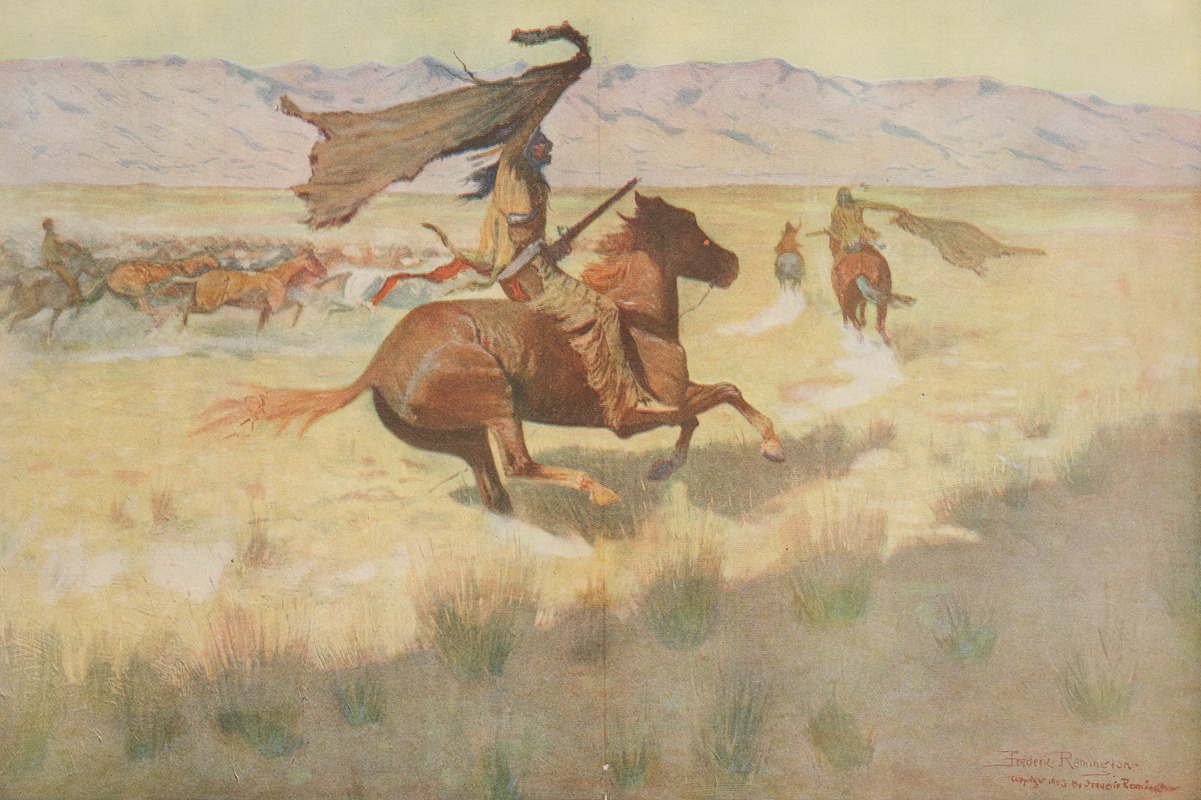
The stampede
A hand-painted replica of Frederic Remington’s masterpiece The stampede, meticulously crafted by professional artists to capture the true essence of the original. Each piece is created with museum-quality canvas and rare mineral pigments, carefully painted by experienced artists with delicate brushstrokes and rich, layered colors to perfectly recreate the texture of the original artwork. Unlike machine-printed reproductions, this hand-painted version brings the painting to life, infused with the artist’s emotions and skill in every stroke. Whether for personal collection or home decoration, it instantly elevates the artistic atmosphere of any space.
"The Stampede" is a painting by the renowned American artist Frederic Remington, who is celebrated for his depictions of the American West. Created in 1908, this artwork is one of Remington's later works and exemplifies his mature style, characterized by dynamic compositions and a keen attention to detail.
Frederic Remington was born on October 4, 1861, in Canton, New York. He developed a fascination with the American frontier from a young age, which was fueled by his travels and experiences in the western United States. Remington's work primarily focused on the themes of cowboys, Native Americans, and the U.S. Cavalry, capturing the essence of the late 19th-century American West.
"The Stampede" vividly illustrates a chaotic scene of a cattle stampede, a common occurrence in the life of cowboys driving herds across the vast plains. Remington's ability to convey movement and energy is evident in this painting, as he captures the frenzied motion of the cattle and the tense atmosphere of the moment. The painting showcases his skillful use of color and light to create a sense of immediacy and drama.
In "The Stampede," Remington employs a palette of earthy tones, which enhances the realism of the scene. The dust kicked up by the stampeding cattle is rendered with a masterful touch, adding to the sense of urgency and chaos. The figures of the cowboys are depicted with precision, highlighting their struggle to regain control over the herd. Remington's attention to detail is apparent in the depiction of the horses and cattle, each rendered with anatomical accuracy and vitality.
Remington's work is often associated with the romanticized vision of the American West, yet it also reflects the harsh realities faced by those who lived and worked in this environment. "The Stampede" is a testament to his ability to balance these elements, providing viewers with both a thrilling and authentic portrayal of western life.
Throughout his career, Remington produced a prolific body of work that included paintings, sculptures, and illustrations. His contributions to American art have left a lasting legacy, influencing subsequent generations of artists and shaping the popular image of the American West. Remington's works are held in high esteem and are featured in numerous museums and collections, including the Frederic Remington Art Museum in Ogdensburg, New York, and the Amon Carter Museum of American Art in Fort Worth, Texas.
"The Stampede" remains a significant piece within Remington's oeuvre, exemplifying his mastery of capturing the spirit and dynamism of the American frontier. Through his art, Remington continues to offer a window into a pivotal era in American history, preserving the stories and images of a bygone time for future generations to appreciate and study.





